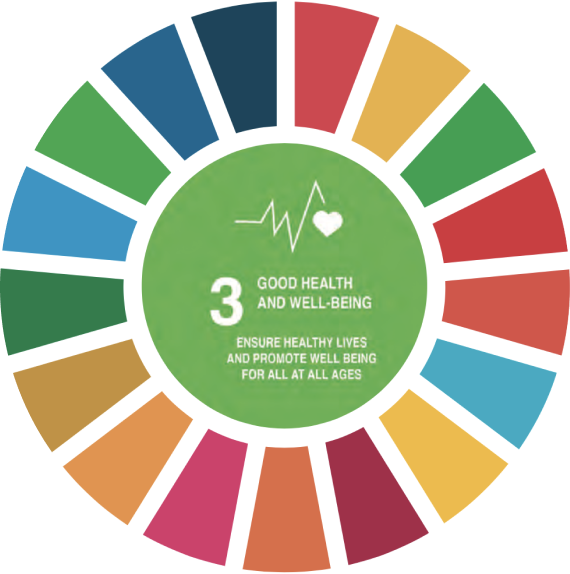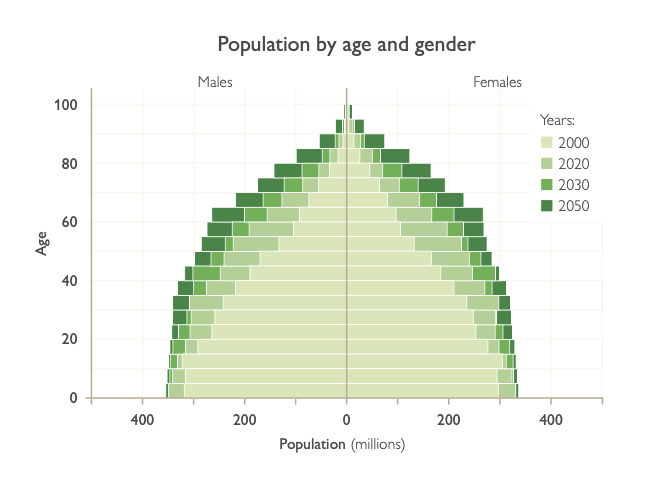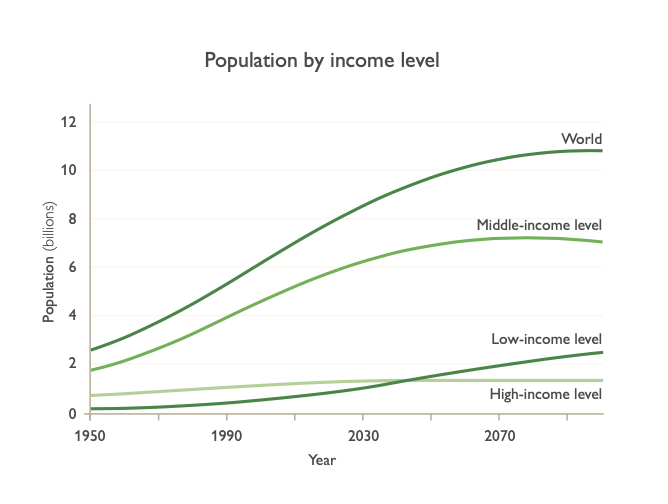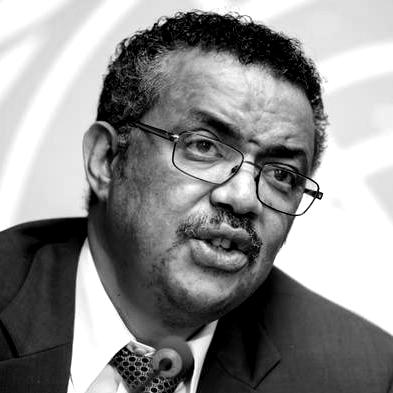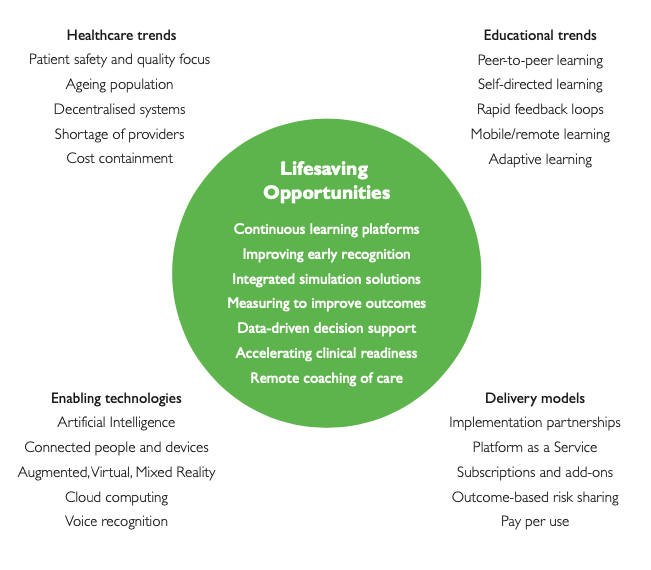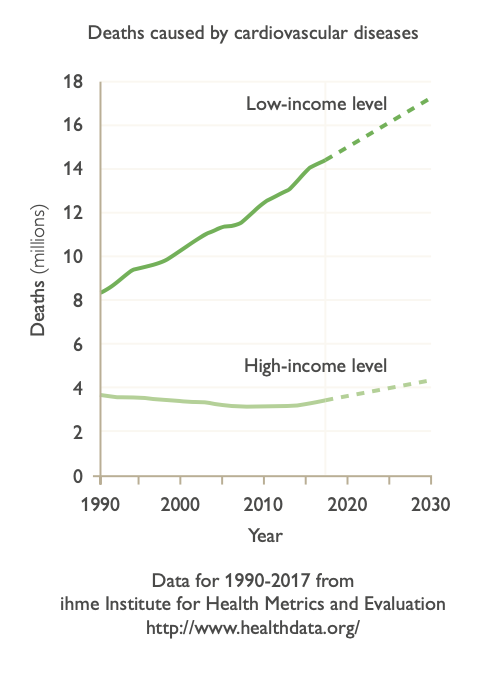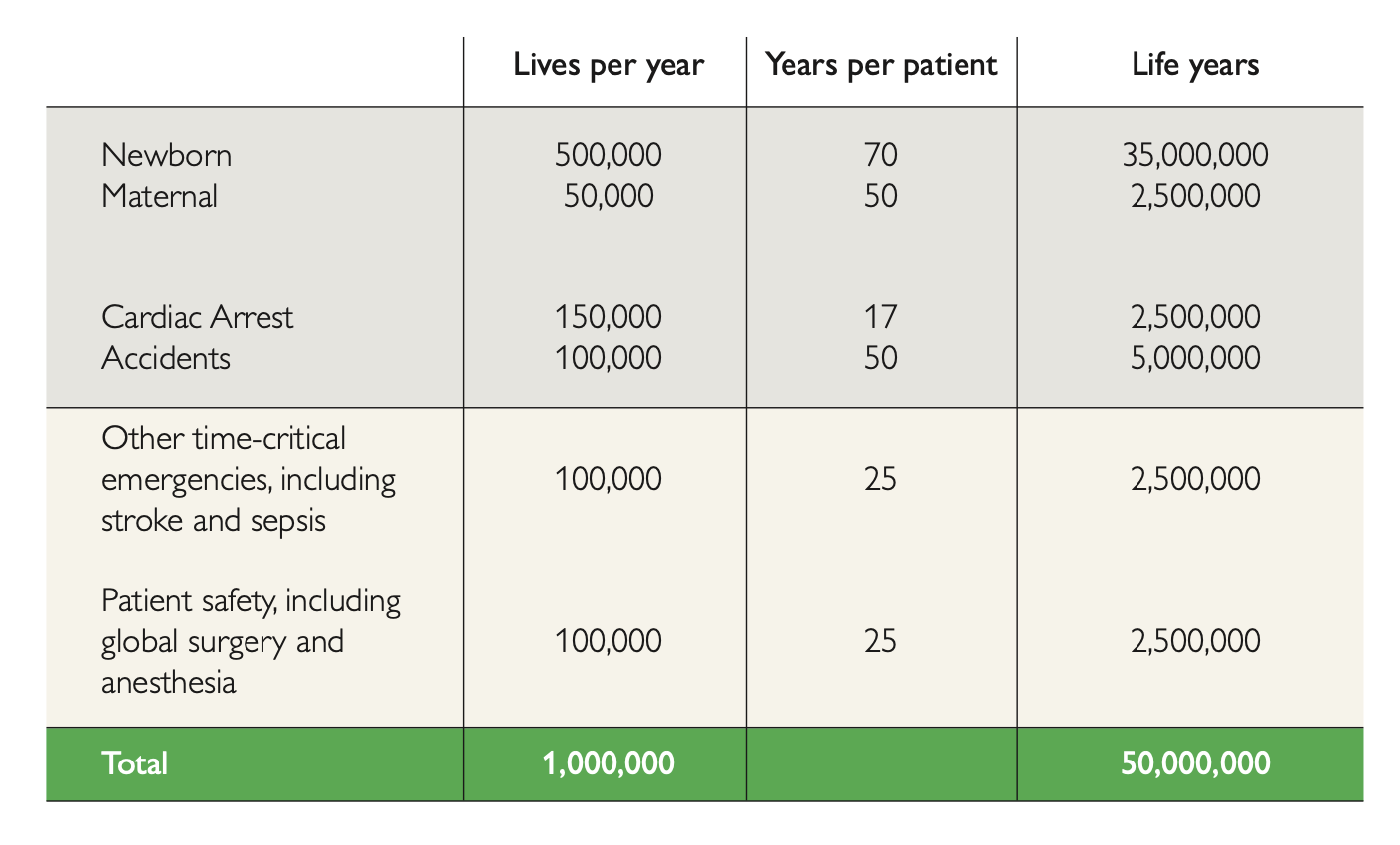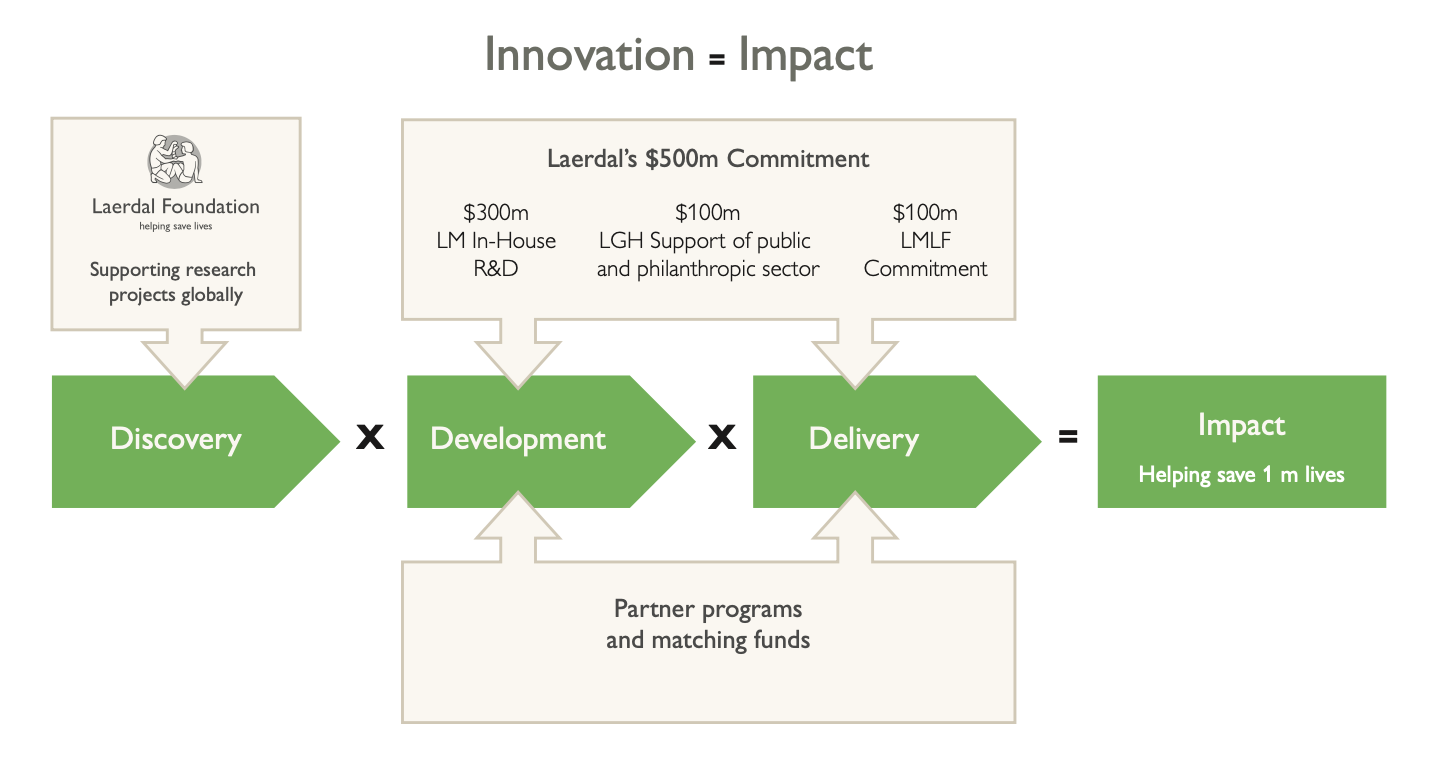This is the audacious goal Laerdal has established. Nothing less.
The key word is “helping”. No-one at Laerdal would claim they were saving lives; their role is to develop educational and therapy solutions and services that help train and equip those who do from lay people, ambulance dispatchers, and community first responders through to healthcare workers on ambulances and in hospitals. Laerdal can only do this by working with partners in professional associations, NGOs and government bodies to develop the necessary programs and actions for widespread implementation.
The guiding stars for this collaboration are the Sustainable Development Goals (SDGs), established by the UN in 2016, with SDG3 for good health and well-being at its core.
In addition to having a goal of reducing maternal, neonatal and child mortality, SDG3 also addresses accidents and non- communicable diseases including sudden cardiac arrest.

